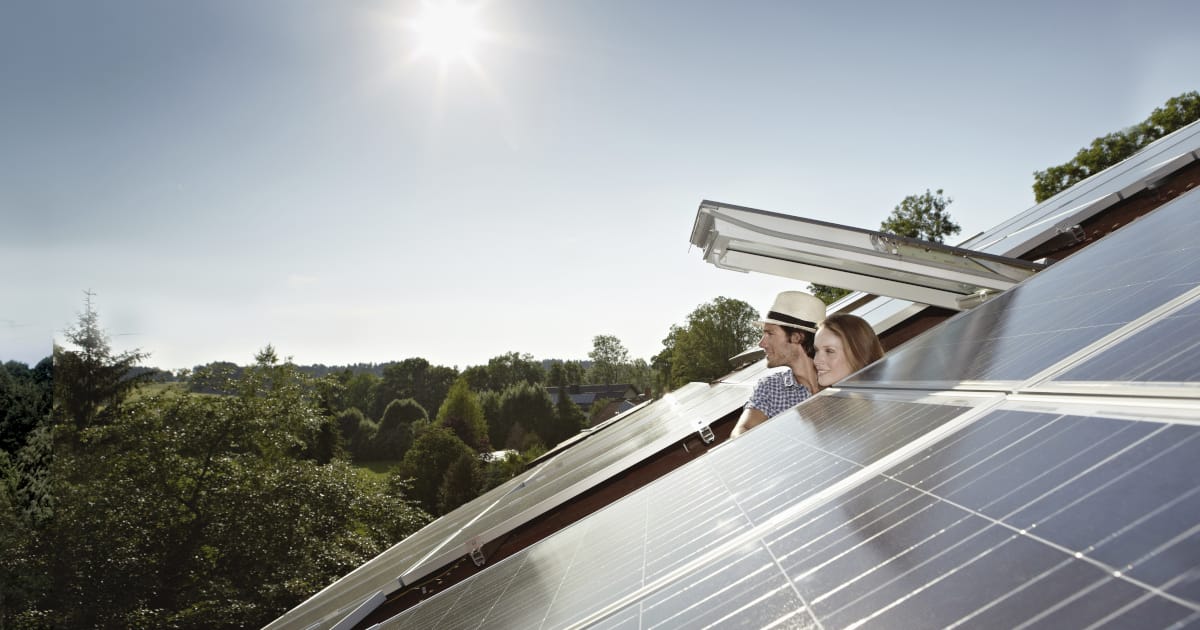Prof. Urs-Peter Menti: Climate-compatible construction remained reserved for idealists and pioneers for 20 years, but has now indeed become mainstream. Until recently, people who built an energy-efficient wooden house, voluntarily gave up a car, consciously avoided unnecessary travel or ate a vegetarian diet were ridiculed in many places. Today – at least in urban regions – such attitudes have almost become the norm, although not always with complete consistency. The most likely reason for this trend is the intensified climate debate in society, largely driven by the increasingly noticeable effects of climate change such as hot summers, winters with little snow, and natural events including floods and landslides.
All these factors lead to a greater awareness of ecological issues, or even implicitness, especially among the younger generations. In addition, there is no longer such prejudice about sustainable building being more expensive. Particularly from a lifecycle cost perspective, climate-compatible building has an economic advantage. It may still result in additional investment costs here and there, but the lower operating costs, higher value retention or improved rental possibilities soon compensate for the initial extra cost.



